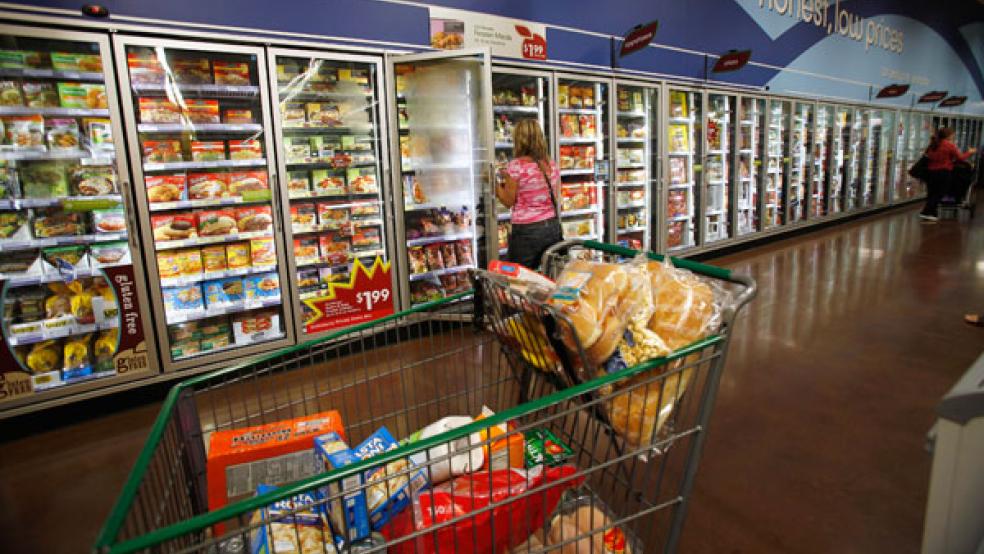Congress created an emergency food aid program in March that allows families to transfer the value of meals they would have received at school to electronic cards that can be used at grocery stores. But the Pandemic-EBT program is falling far short of its goals, The New York Times’ Jason DeParle reports, reaching only about 15% of the roughly 30 million children who are eligible to receive assistance.
Poor design and clunky infrastructure are playing a big role in the problem. Lists of names of eligible students must be collected from school districts and then transferred to state computer systems that are often not up to the task. Credits – calculated at $5.70 per child for each lost school day – are then placed on electronic cards and mailed out. The cumbersome process has produced considerable delays; although the program was approved in mid-March, only 12 states had started sending out aid money by May 15.
There’s little doubt that the need is massive, DeParle says. “In a survey of mothers with young children by the Brookings Institution, nearly a fifth said their children were not getting enough to eat — a rate three times higher than the worst of the Great Recession,” he writes. “The Census Bureau reported last week that 31 percent of households with children lacked the amount or quality of food they desired because they ‘couldn’t afford to buy more.’”




